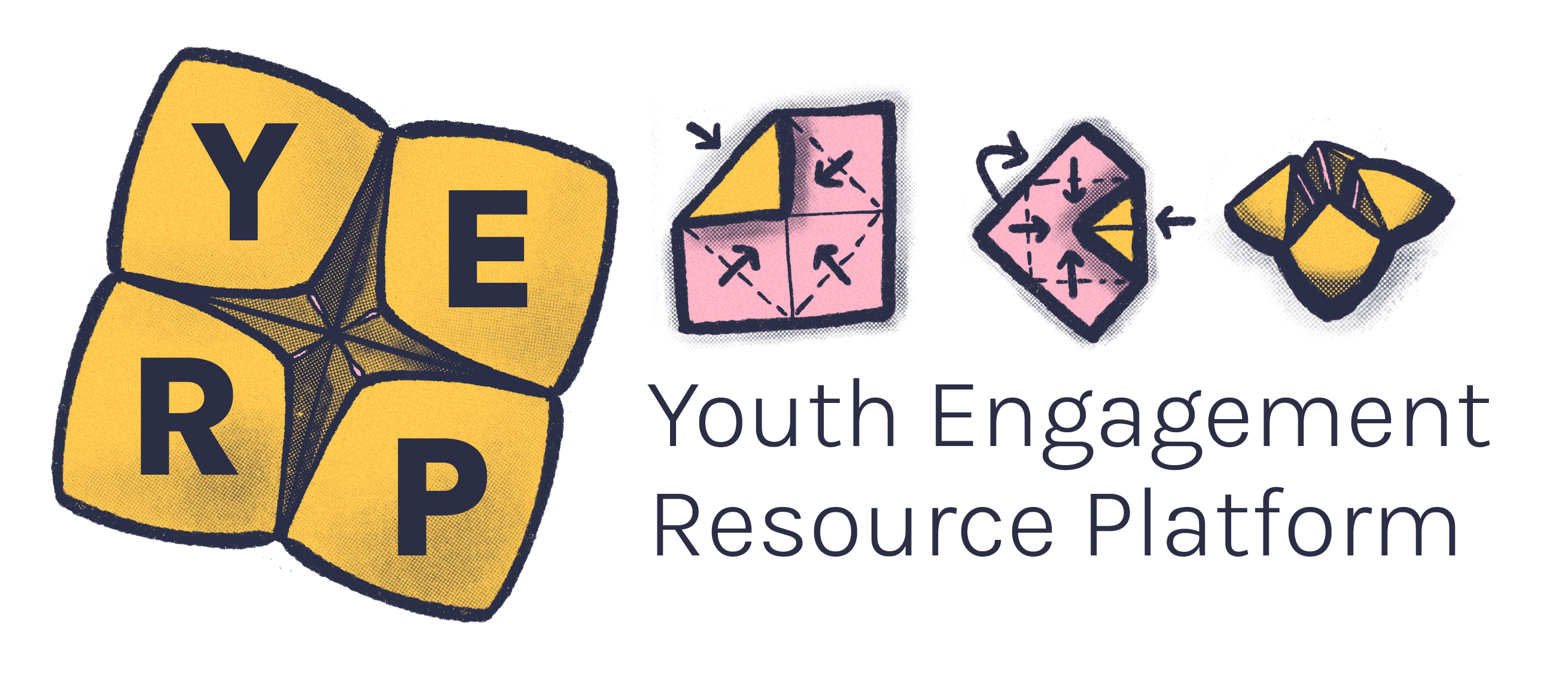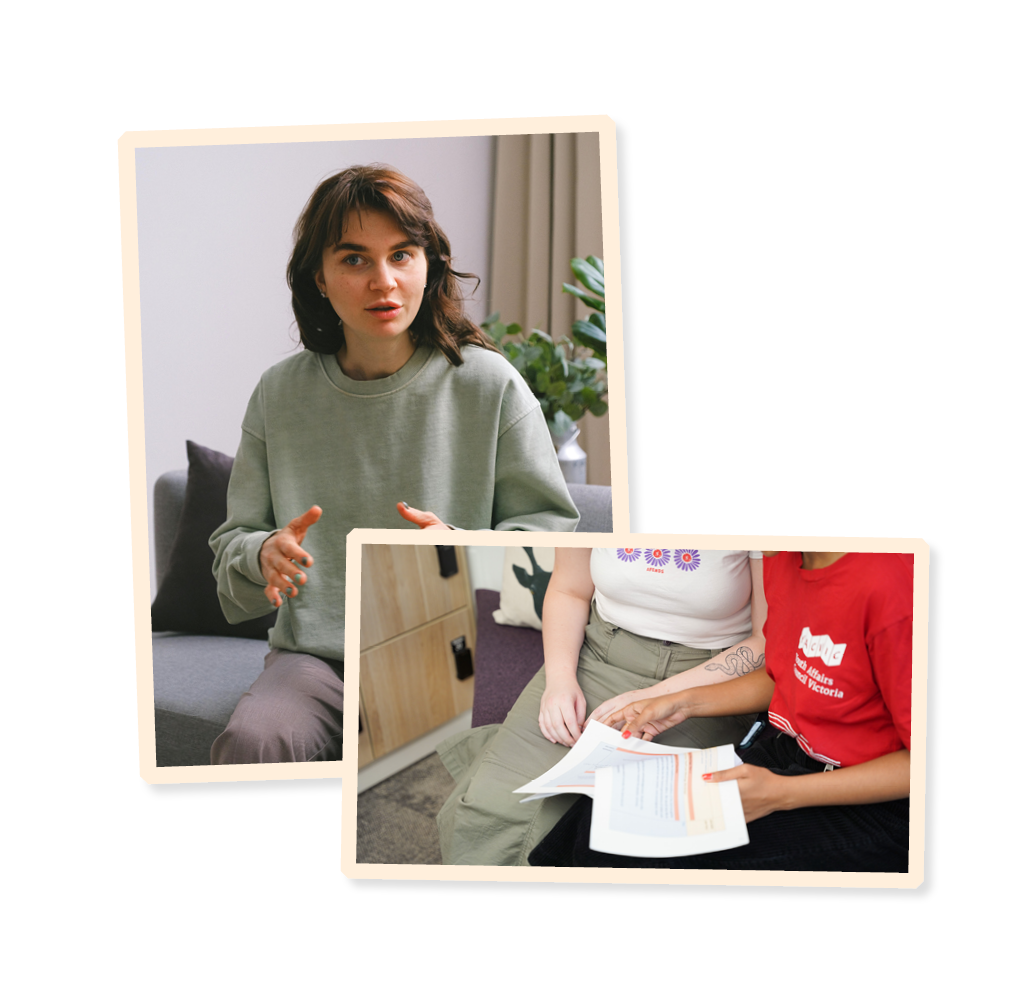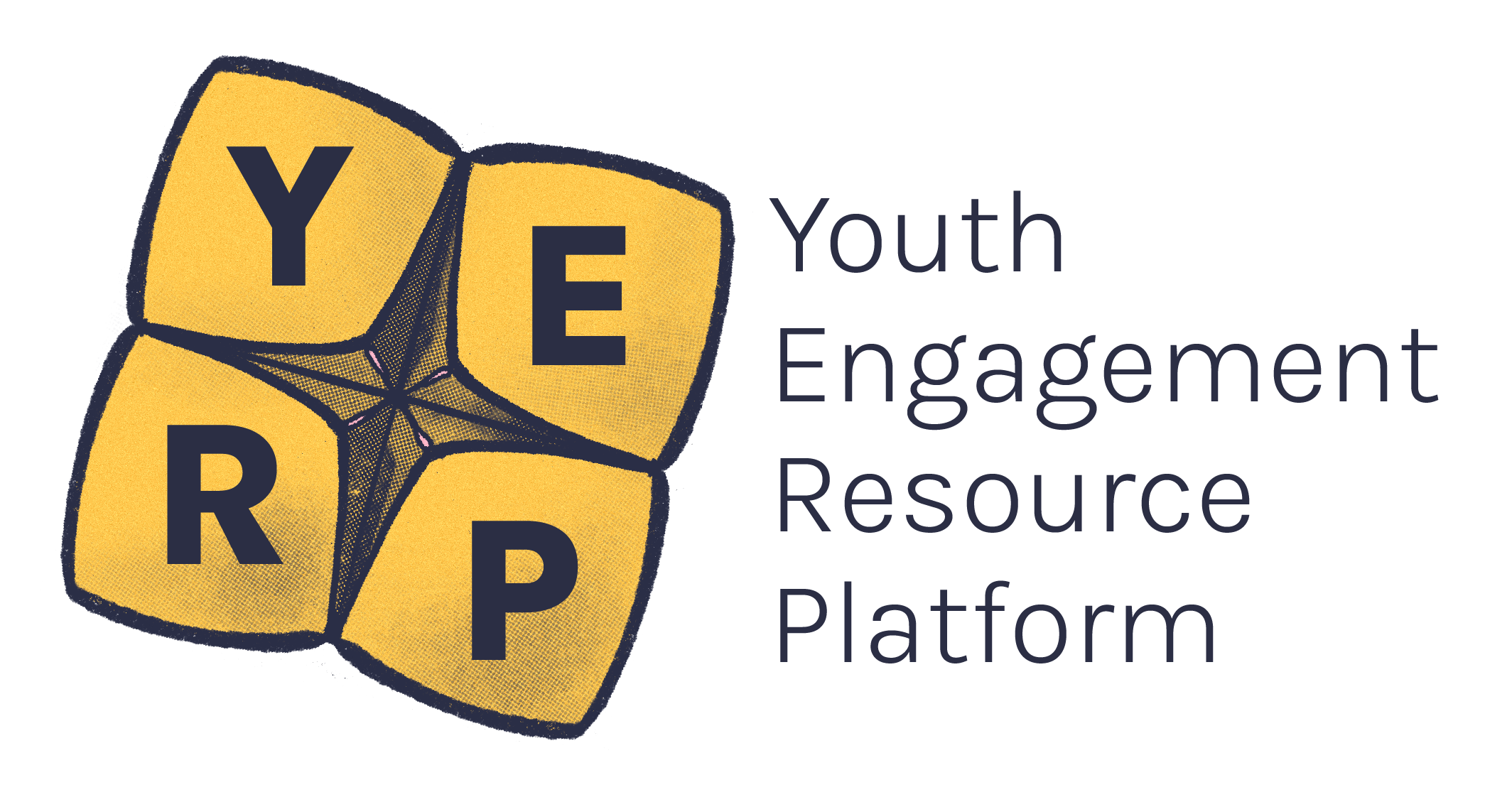A complaints process can be done in lots of different ways. People have varying access requirements, so including a few different options for making a complaint is ideal.
Remember to let children and young people know how to raise concerns when they first join your service or program, and continue to remind them at regular intervals during their time with your organisation.
Some ways people can make a complaint are:
- In person
- Via email
- Via phone
- Through an online form
- Sending in a voice note
- Anonymously
Some things to consider
- Have one person who receives the complaints, they could have the title of ‘Complaints Officer’ which can be communicated clearly to anyone making a complaint.
- Provide an infographic of your complaints process so it’s easy for people to understand.
- Ensure child rights and safety are embedded into your complaints process.
- Detail the types of concerns that can be raised.
- Outline clearly what will happen when a person makes a complaint.
- A timeframe of when the person can expect to receive a response and how the person will be kept informed if there are changes to the timeline.
- Having a process that is fair, clear and transparent.
- Provide information that’s helpful, accurate, and easy to understand.
- Confidentiality and privacy – children have the same rights to confidentiality as adults (subject to reporting obligations).
- Investigations with children and young people are fair, safe and trauma-informed.
- Option of remaining anonymous or providing your details.
- Let the person know the outcome of the investigation and, where appropriate, of subsequent actions.
- Ensure staff who may receive complaints, concerns, worries and feedback understand their reporting obligations and work with a trauma-informed and child-safe lens.
- Train staff in the steps of the child friendly complaints process.
- Clear record keeping processes.
- Reassure the person that there will be no negative outcomes for them because they made a complaint.
- ‘How to make a complaint’ document, poster, video
- External and internal complaints process and checklist
- A complaints form (paper/digital) that is easy to find
- Investigation process and checklist
- Complainst record form/process
- Complaints response templates
It’s critical that your child and youth-friendly complaints process is developed with children and young people.
Not only will this help to ensure it’s easy for them to use, it’s also a requirement of the Child Safe Standards.
A key to an effective complaints process is letting the young person know that there are a few options of how they can make a complaint if they’re concerned about their identity being involved.
For example, a complaint can be confidential, partially anonymous, or completely anonymous.
A confidential complaint
This is where your identity is known and may be passed on to other relevant people involved in the investigation. This is the preferred option, as it allows the person to be contacted for further information if required or of the outcome, and it may help to resolve the issue.
A partially anonymous complaint
This is where only one person is aware of your identity, and a pseudonym is used so your identity isn’t known to others.
Completely anonymous complaint
if the person doesn’t want to reveal their identity. While we understand the need for an anonymous option it may not be possible to investigate the complaint fully if the organisation is unable to contact them for further information.
There are several ways to see if your child and youth friendly complaint-handling system is working, including:1
- Asking children and young people what their experience of the process was.
- Asking children and young people if they know how to raise their concerns.
- Reviewing policies and procedures after each complaint to improve child safeguarding.
- Reviewing complaint data – if your complaints are steady or increasing it could be a sign that you have effective processes in place and your children and young people feel safe to raise their concerns.
Here is an example of how to set up your complaints form.
An example of a complaints process
Check out YACVic’s Complaints page. You can also see a visual representation.

An example complaints form.

- Your state or territory's Children’s Commissioner/Guardian of Ombudsman
- CREATE Foundation
- Secretariat of National Aboriginal and Islander Child Care
- National LGBTI Health Alliance
- Children and Young People with Disability Australia
- Multicultural Youth Advocacy Network
- Commission for Children and Young People
- National Office for Child Safety. (n.d). Speak up and make a complaint - information for organisations. https://www.childsafety.gov.au/resources/speak-up-make-complaint/speak-and-make-complaint-information-organisations
- Commission for Children and Young People. (26 June 2017). Top Tips on How to Make a Complaint [Video]. Youtube. https://www.youtube.com/watch?v=DZKMJ38mQhg
- National Office for Child Safety. (n.d). Complaint Handling Guide: Upholding the rights of children and young people. https://www.childsafety.gov.au/system/files/2022-09/factsheet-complaint-handling-guide.pdf





